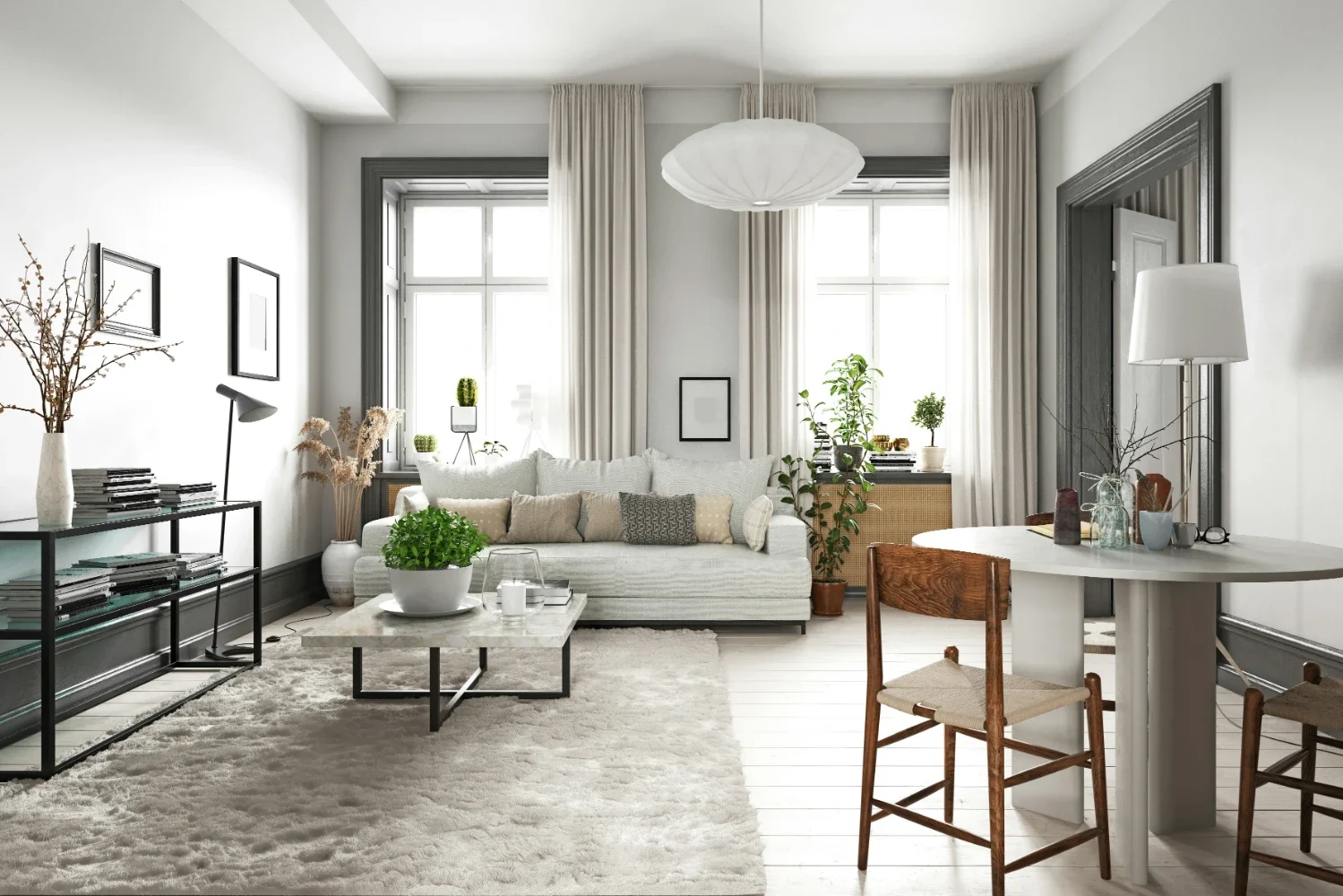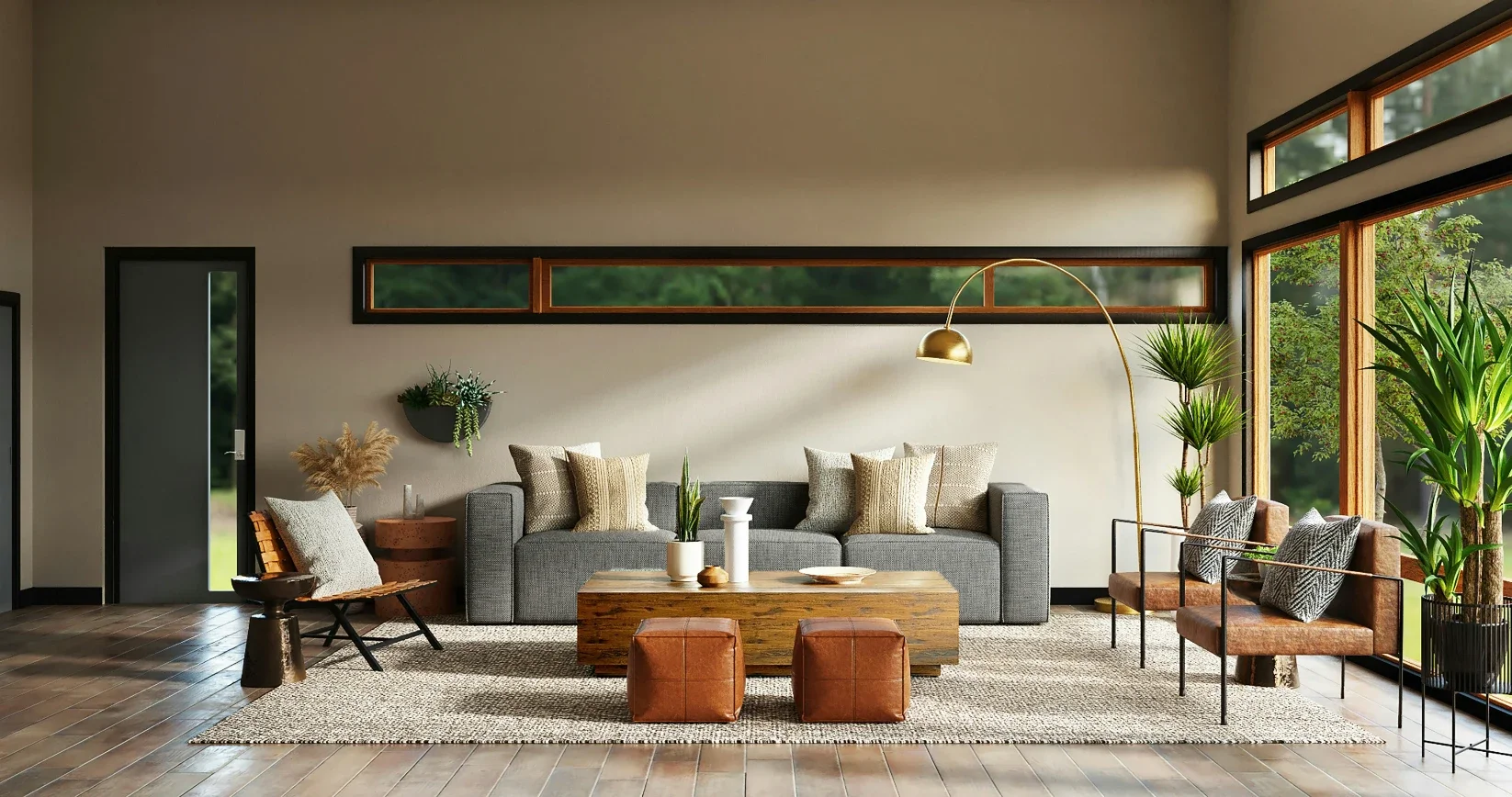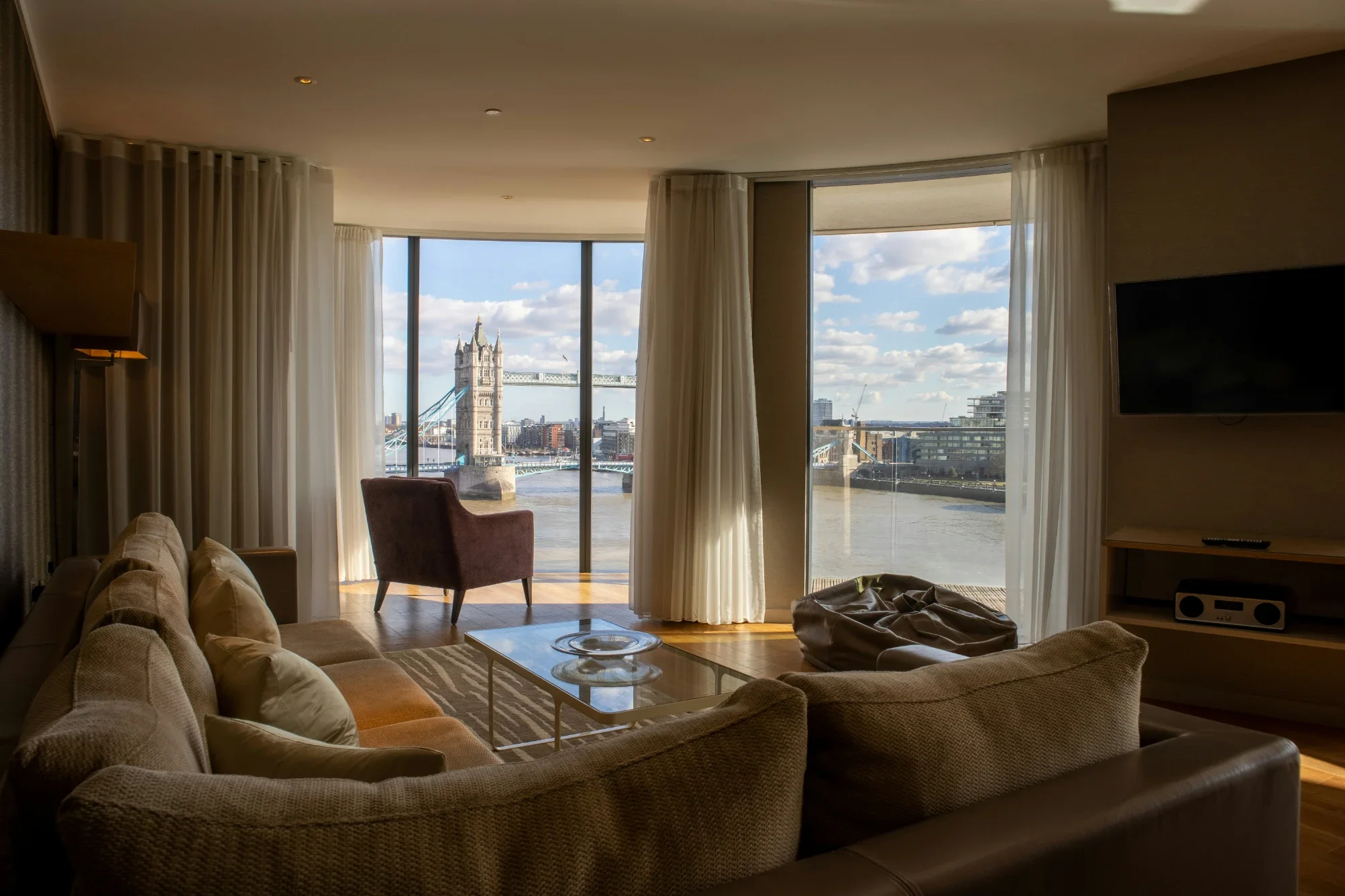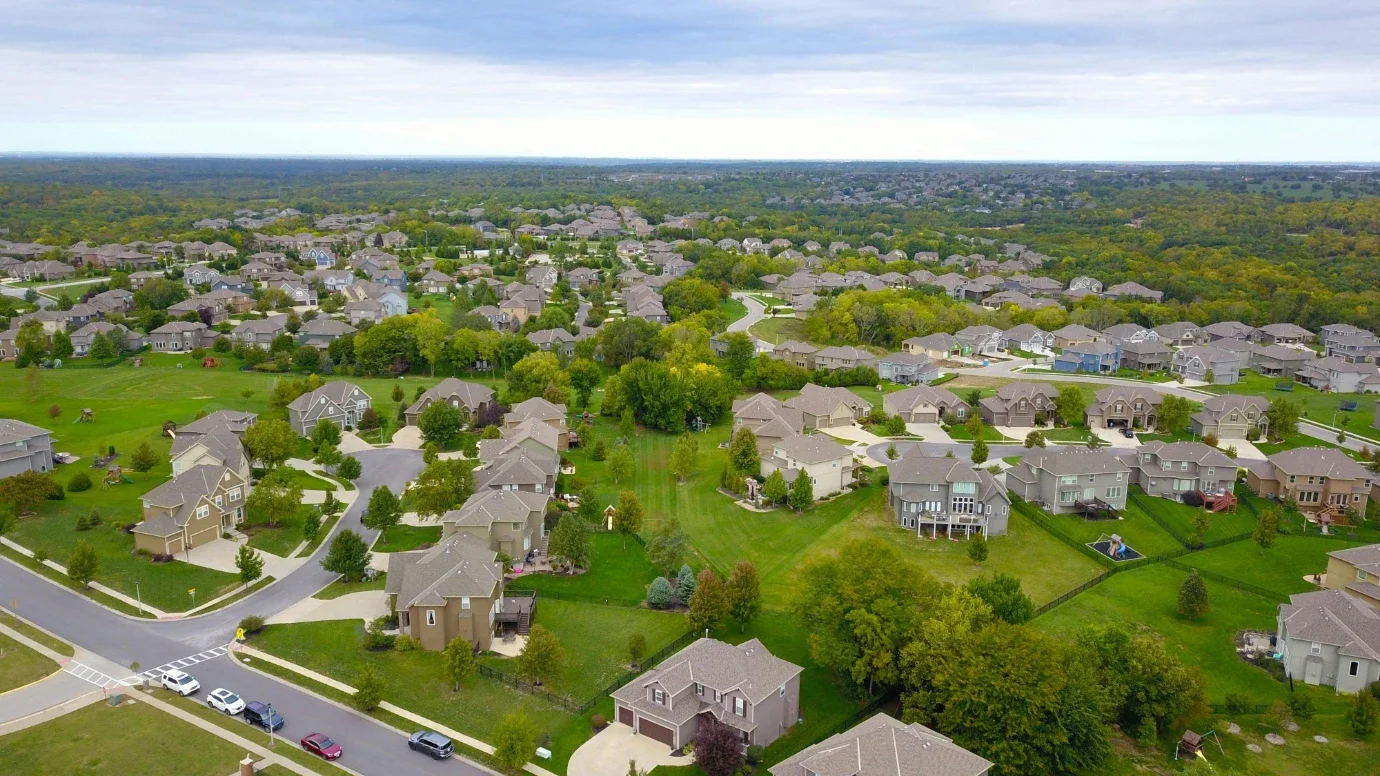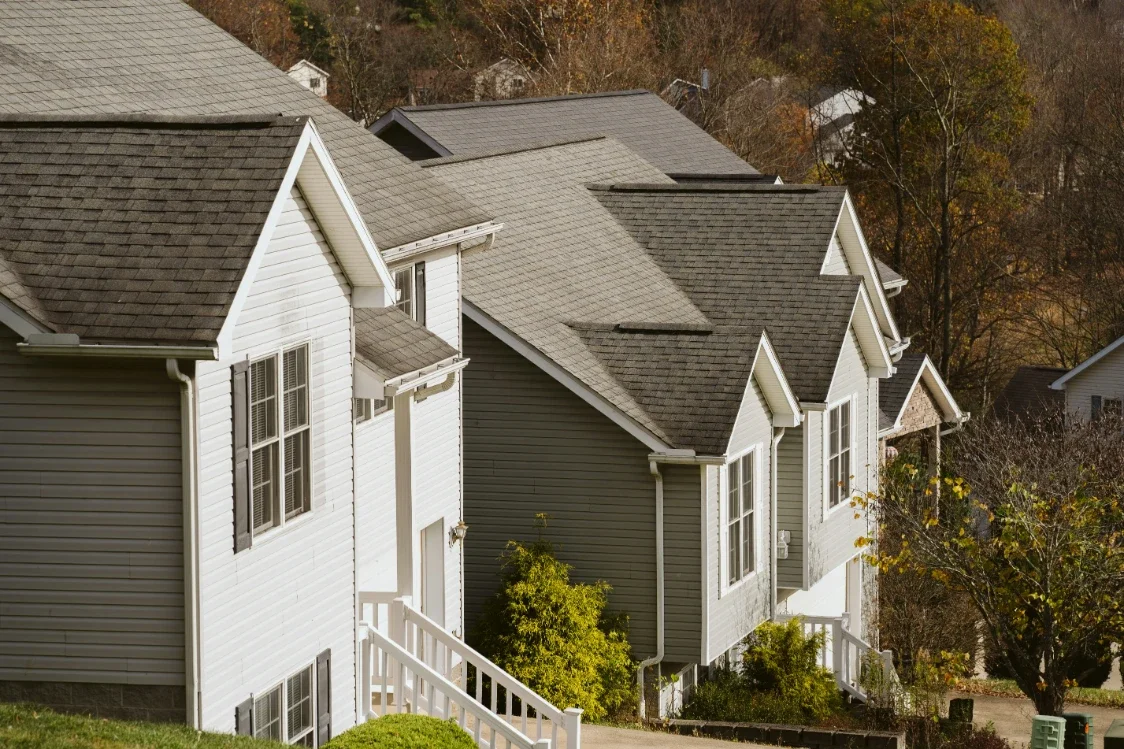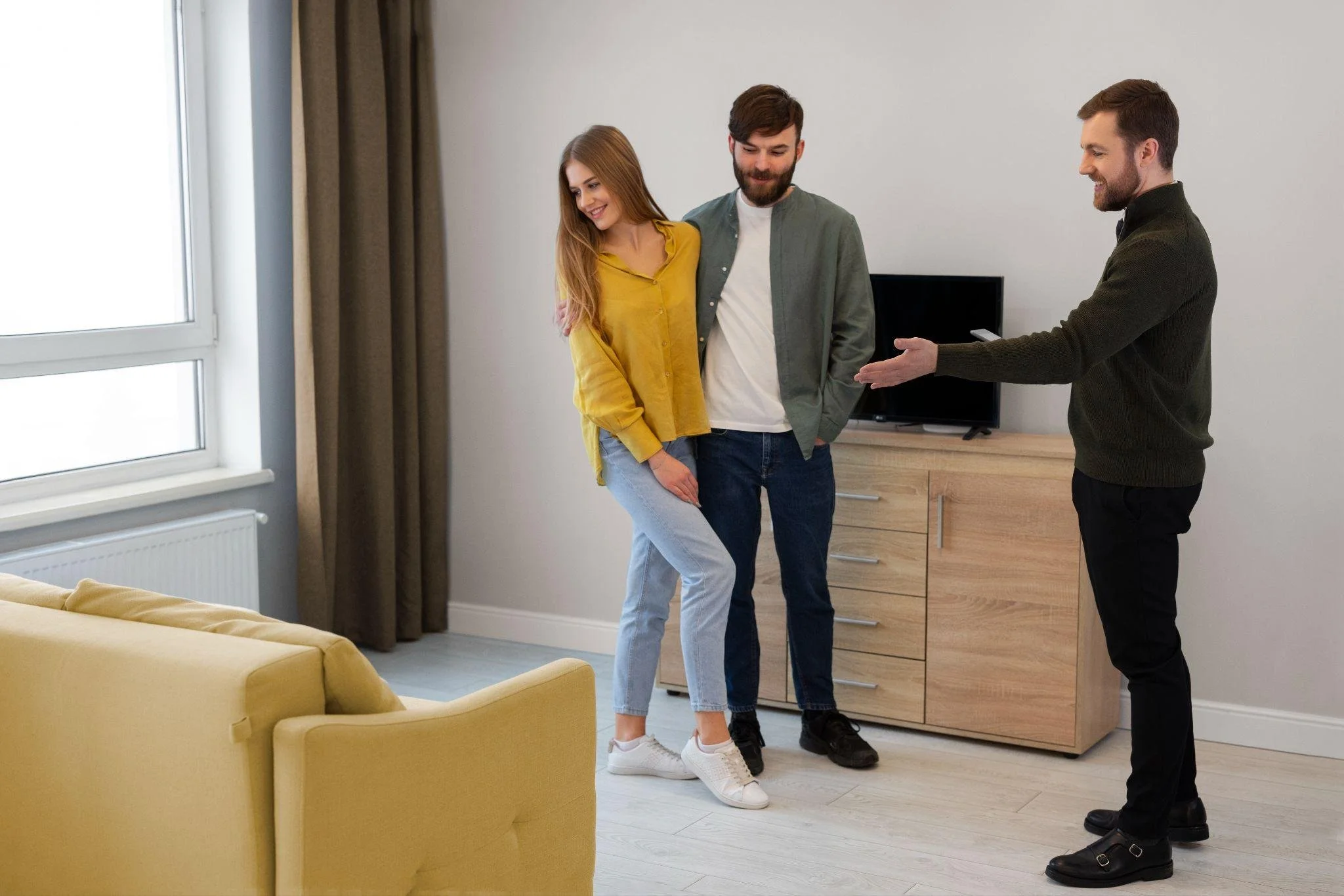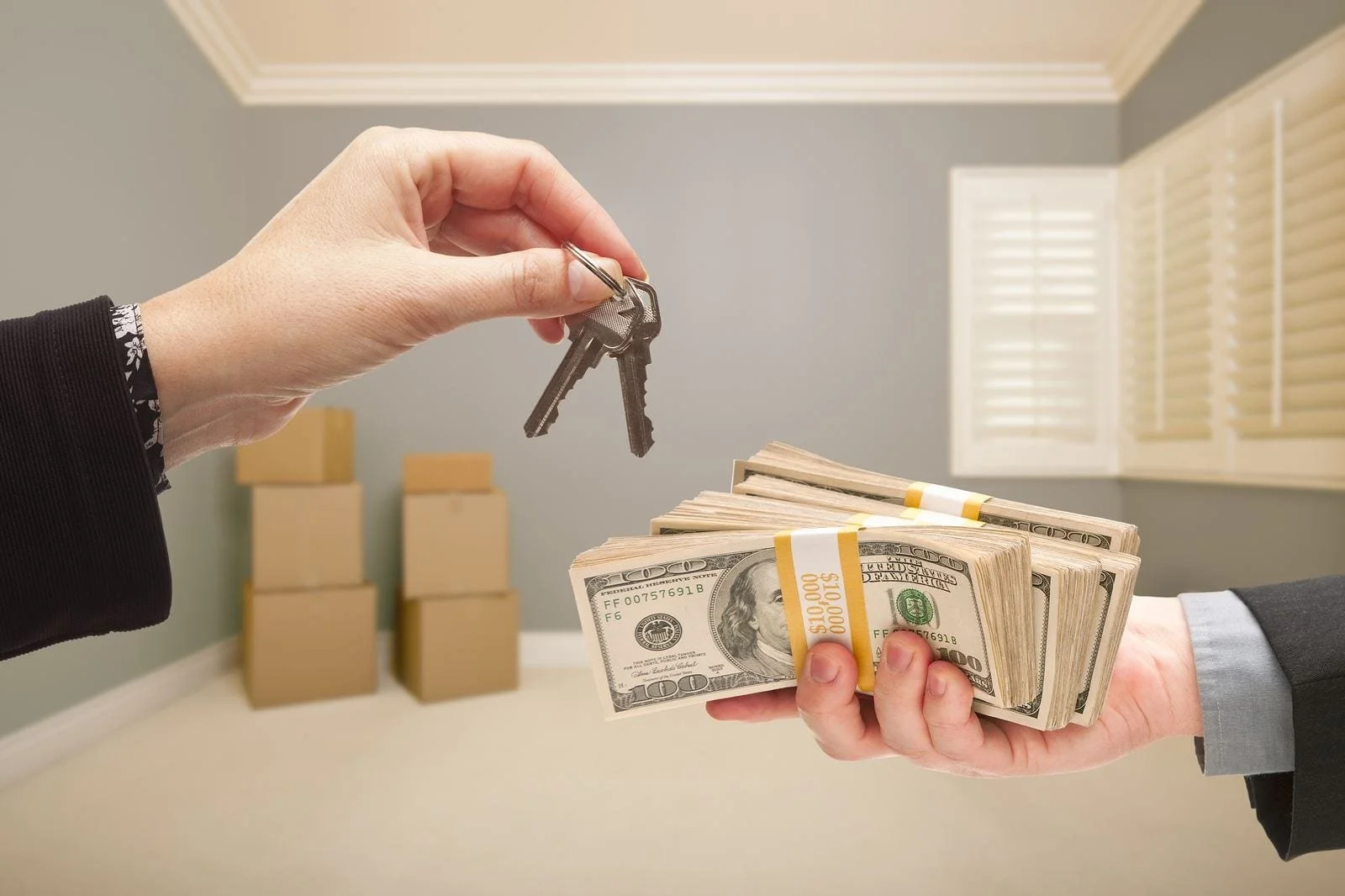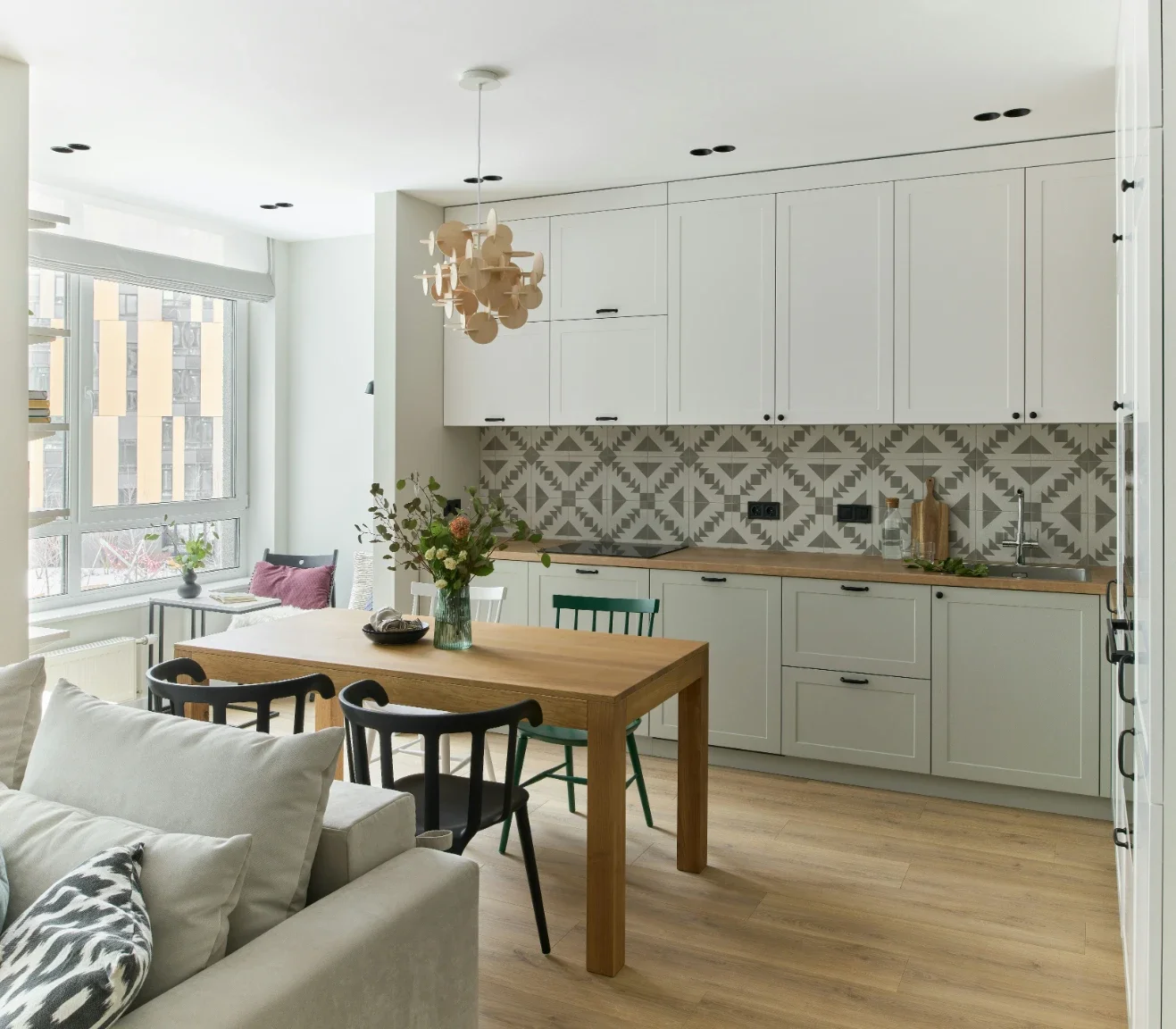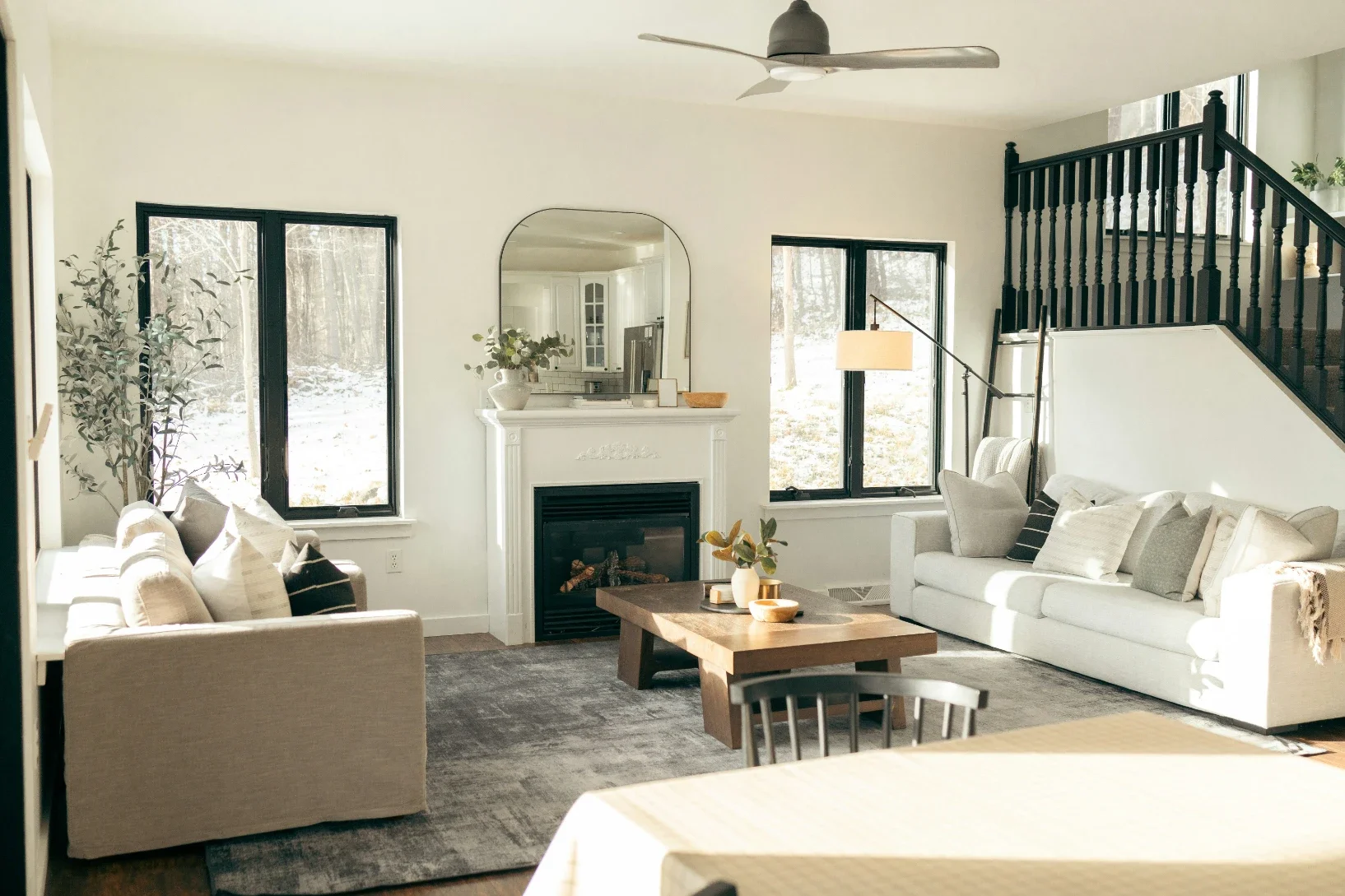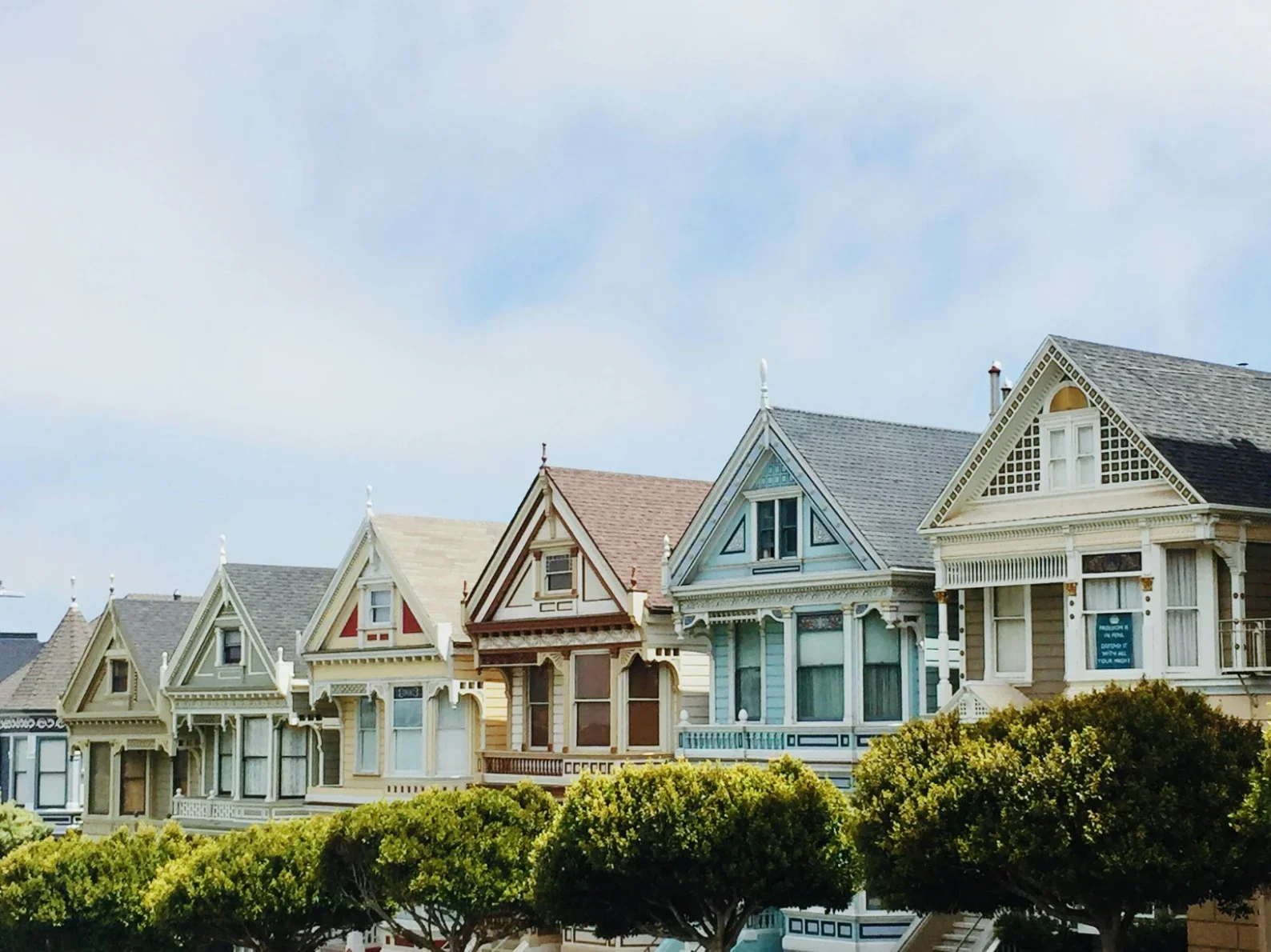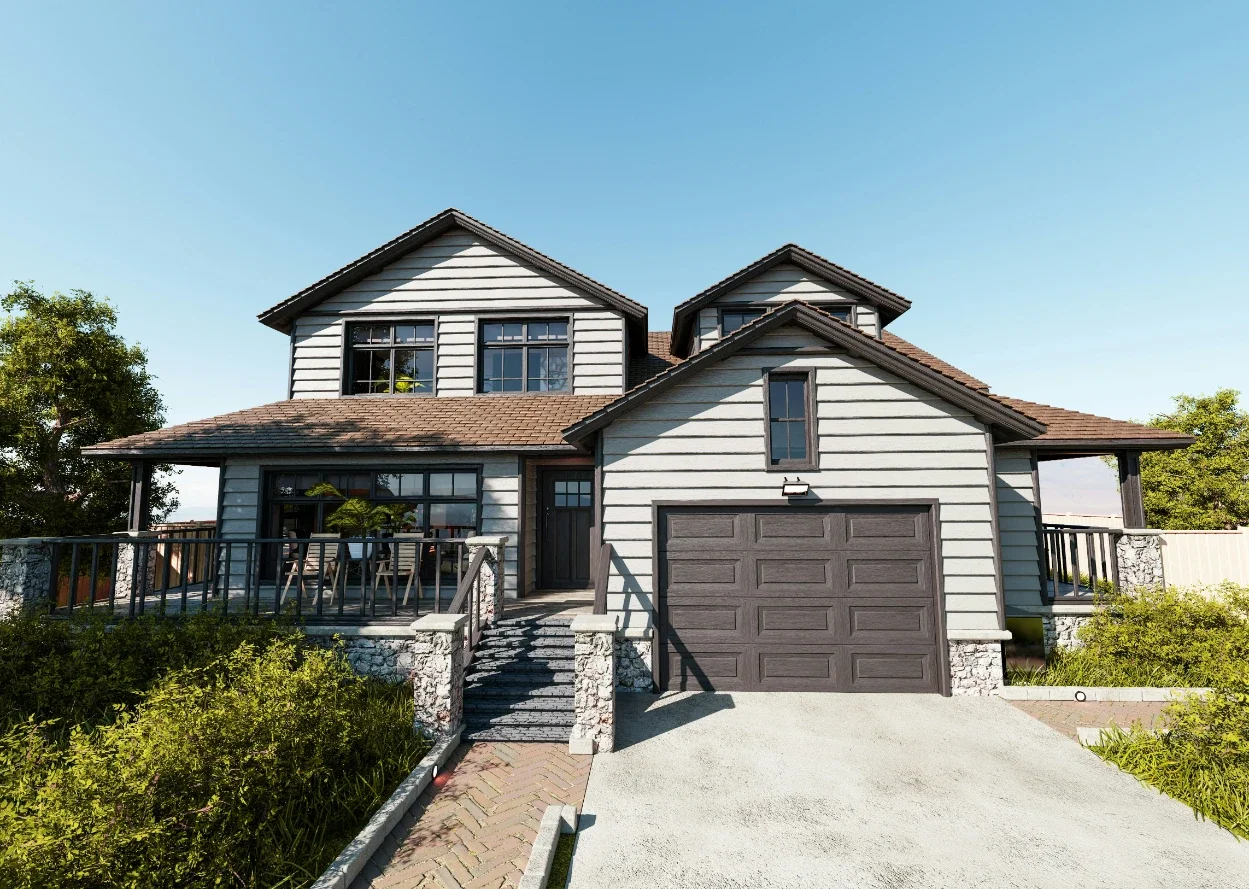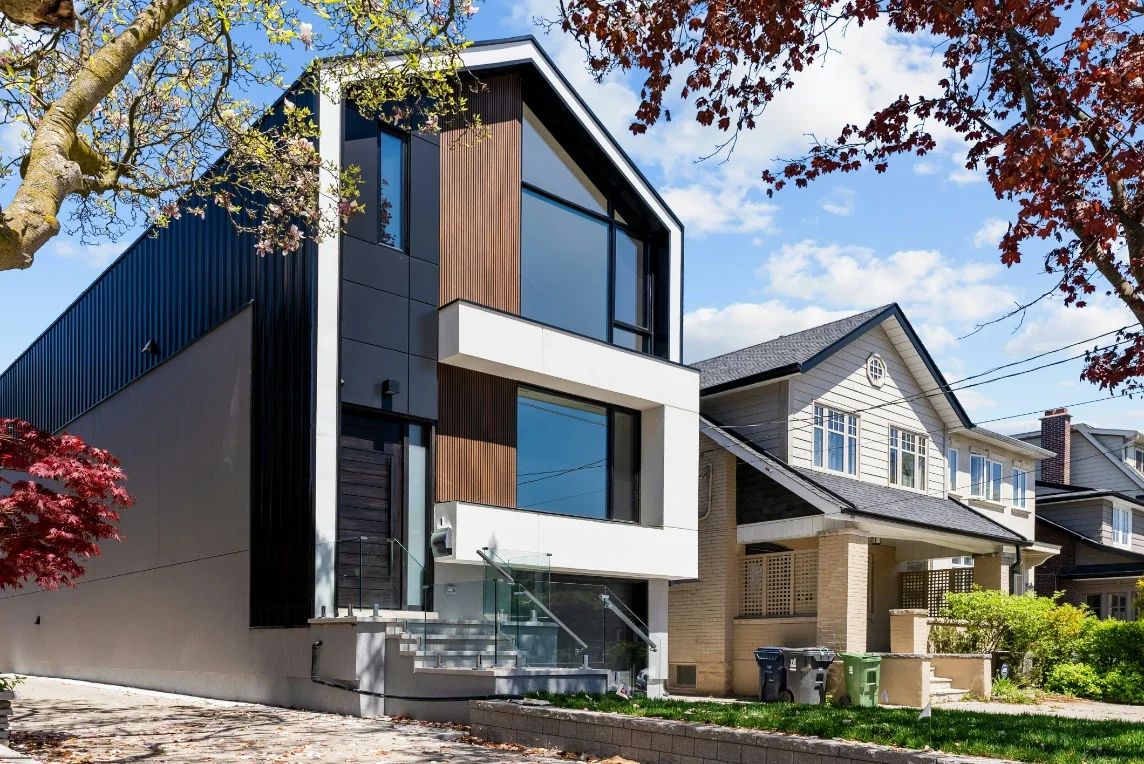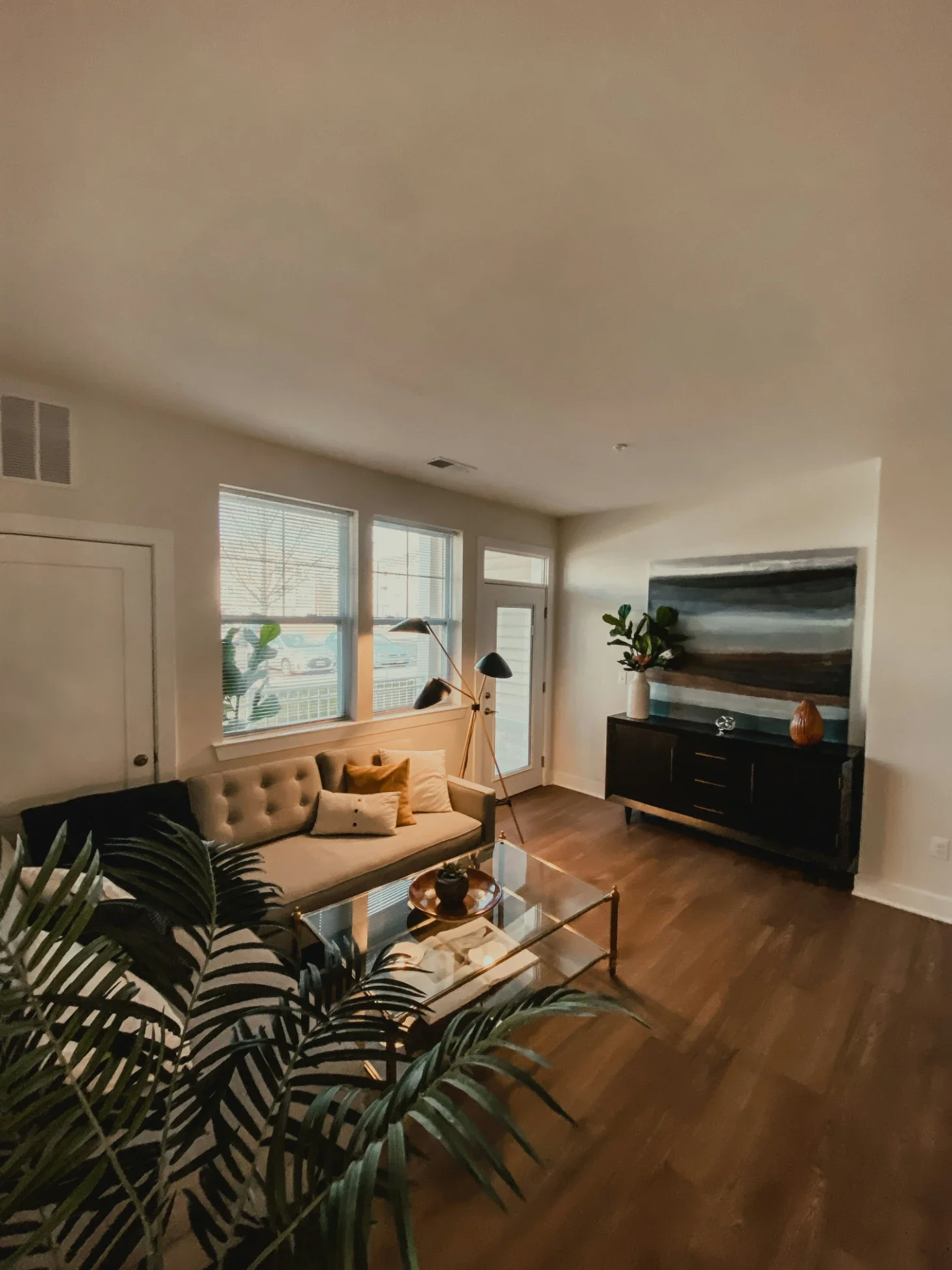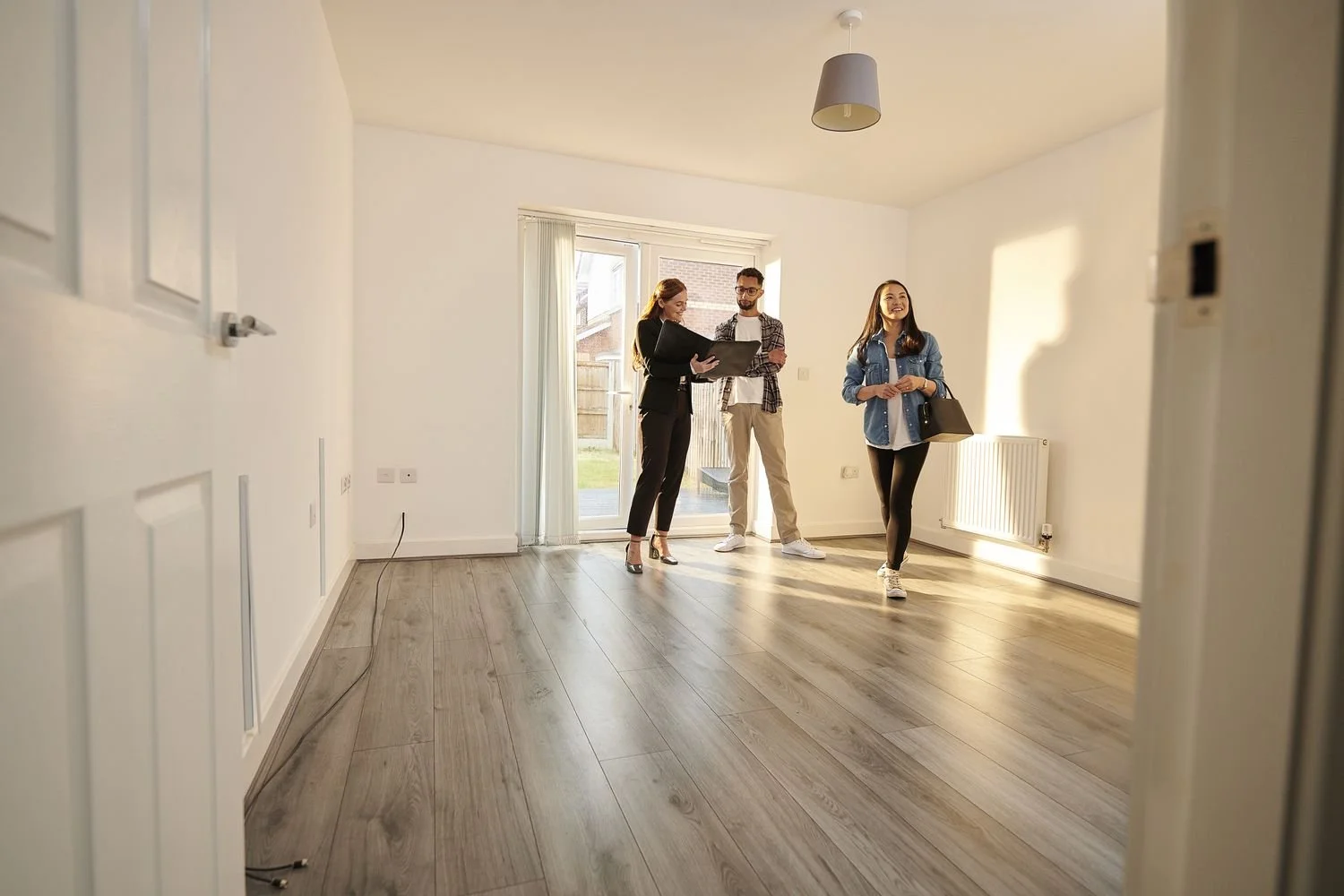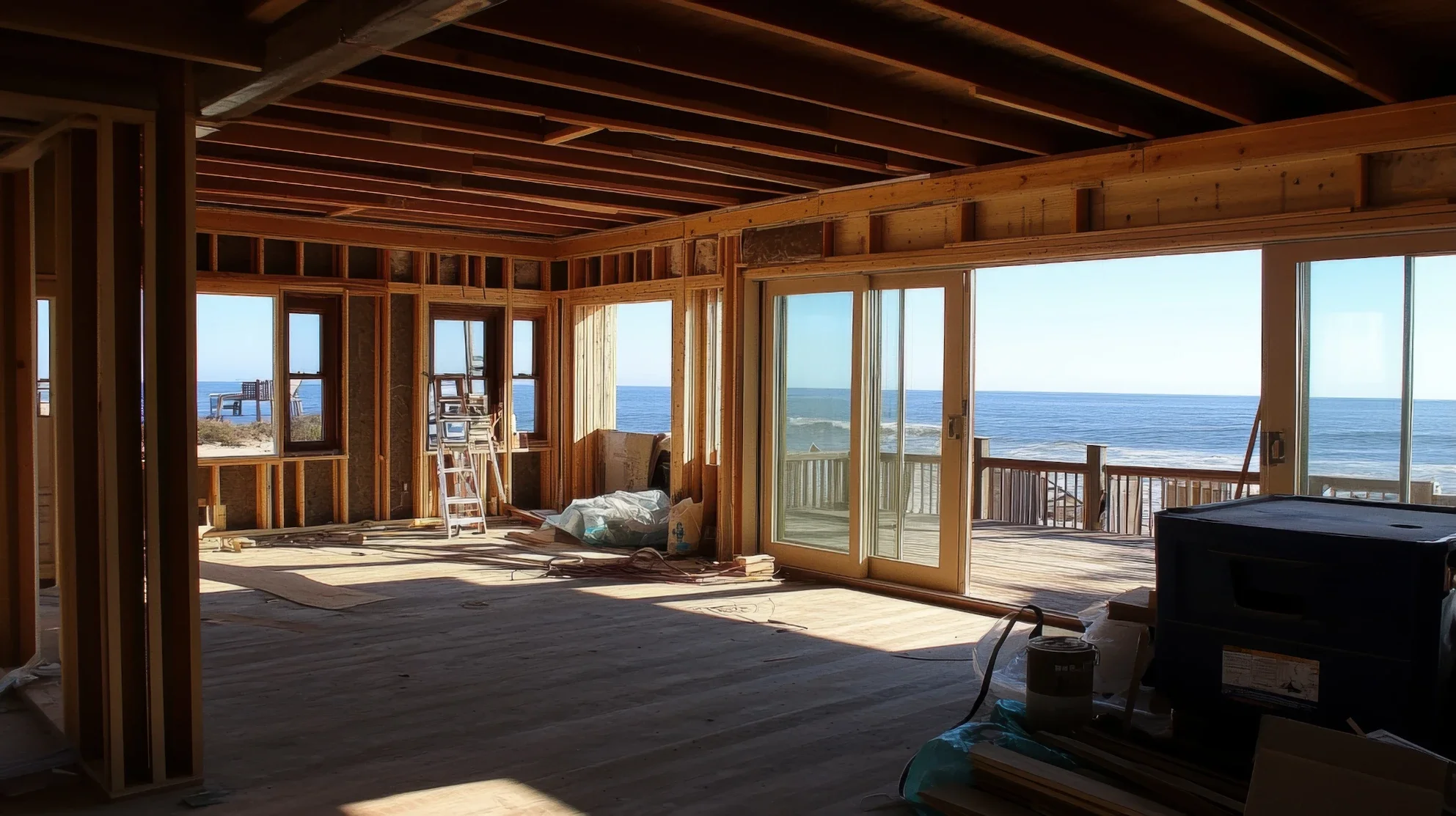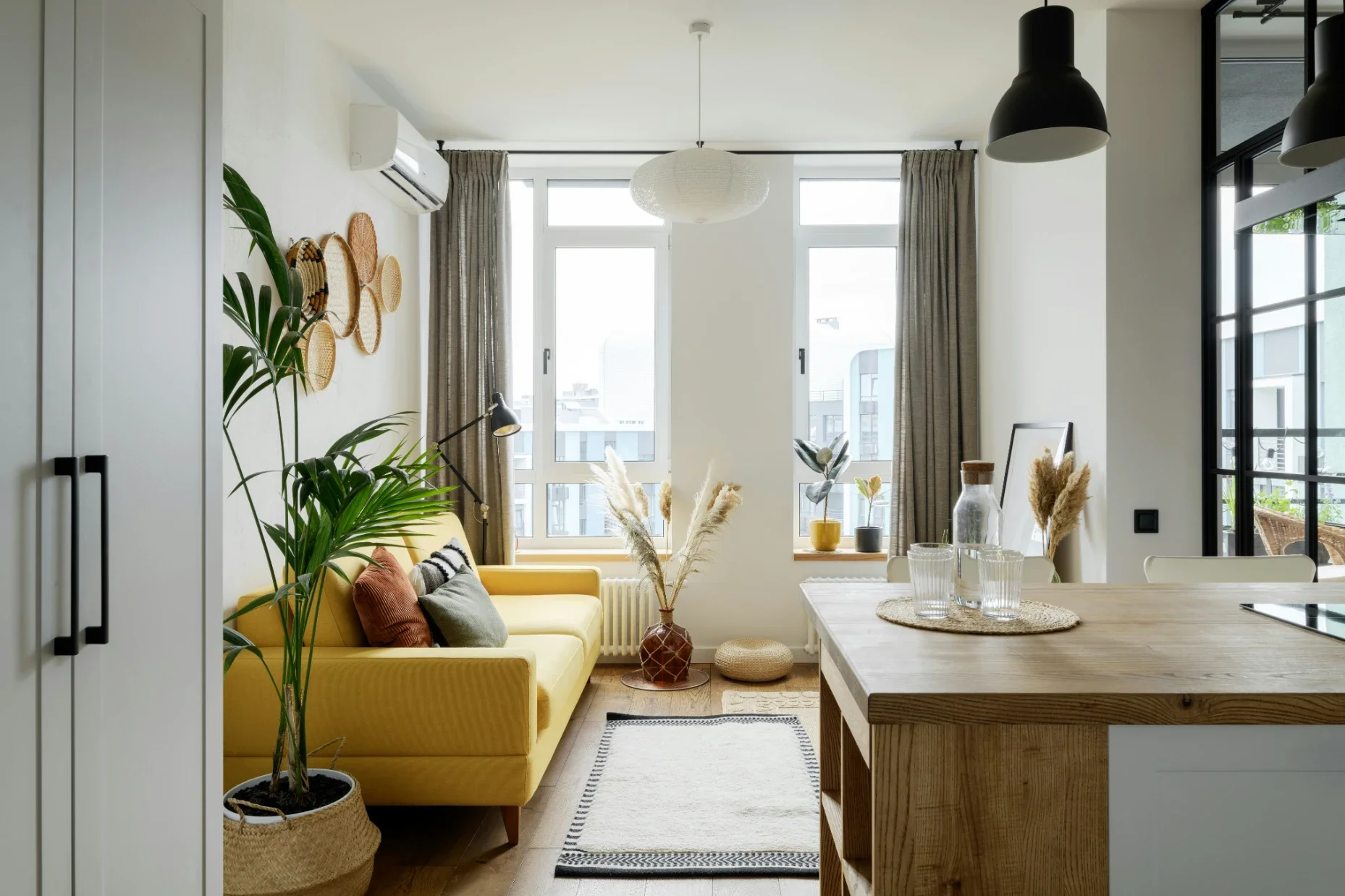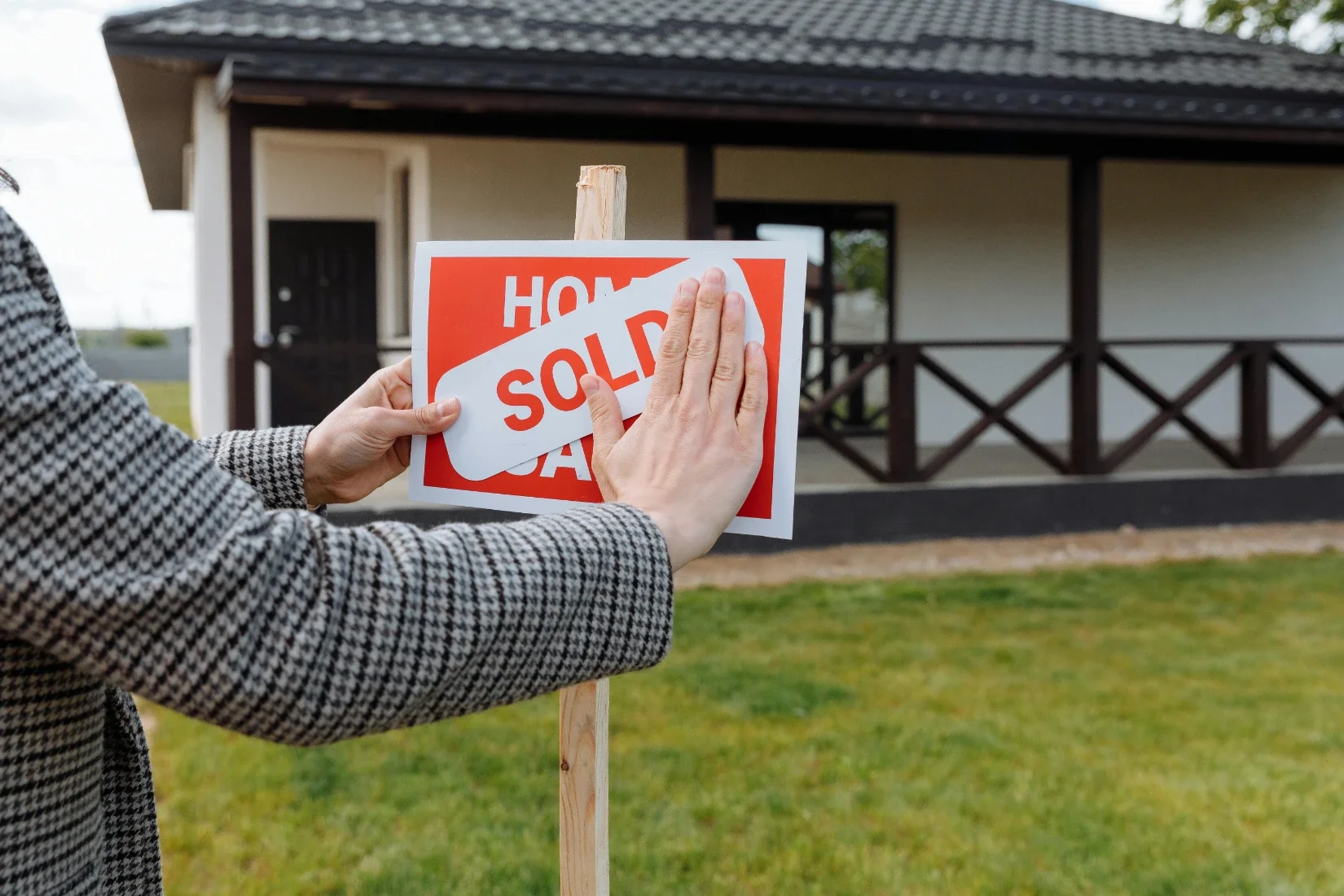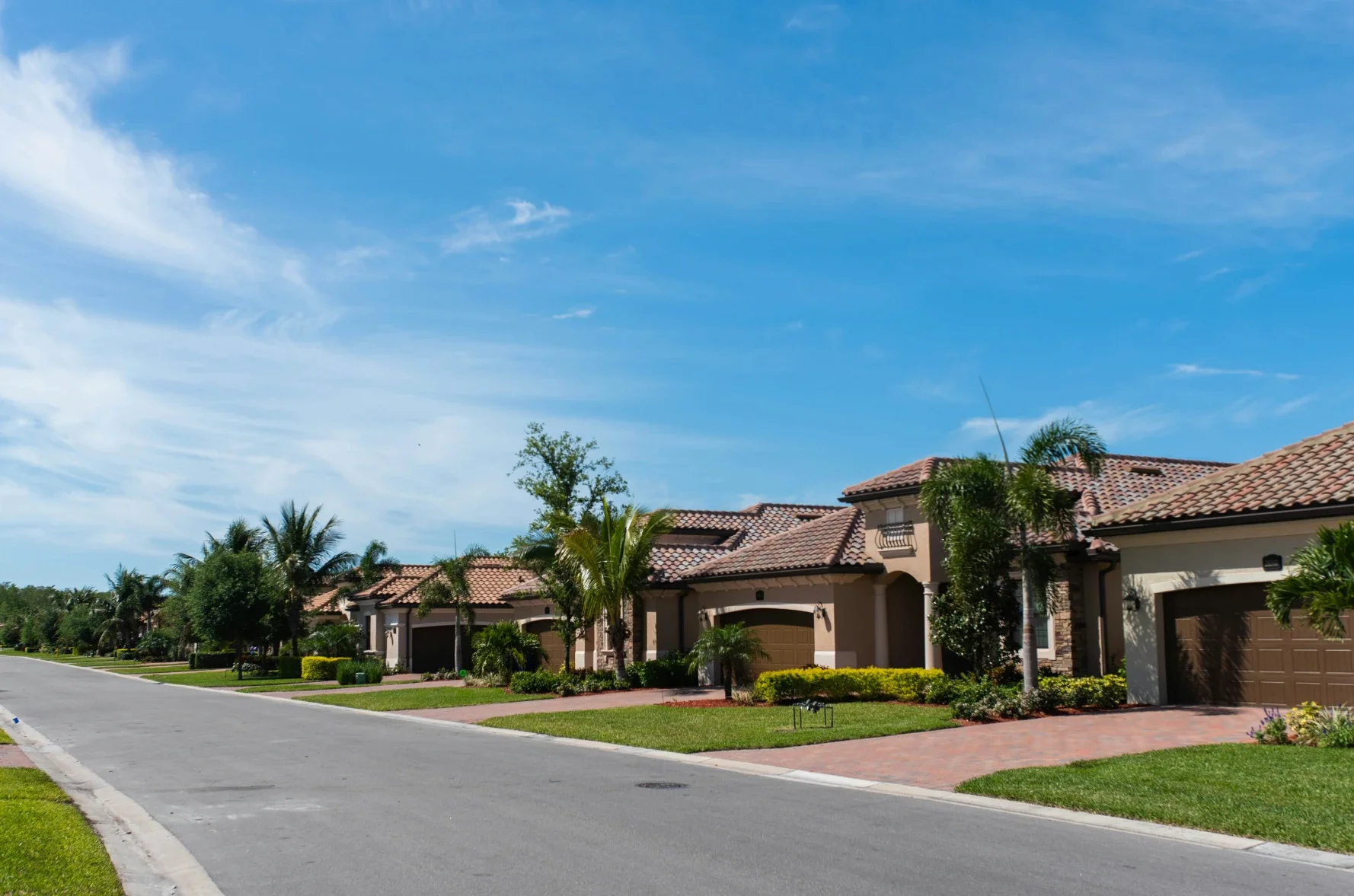Choosing Paint That Boosts Your Home’s Market Value
Choose the right paint colors to enhance your home's market appeal. Discover tips and tricks to boost your property's value through strategic paint choices.
When it is time to sell your house, a fresh coat of paint can make it more appealing. This update implies that a property worth $400,000 would see its value rise by $20,000. That is why it makes sense to prioritize buyers' psychology while painting your home when it comes to selling.
Understanding how certain colors can enhance the appeal and value of your home can bring you some extra bucks. Here are the factors to consider for the best results.
Interpreting Color Theory
The interaction between colors and their psychological effects can be identified through color theory. Take the safest options off the table and follow the trends when it comes to selling homes.
Hence, Absolute Painting suggests always going for a professional consultation before painting. In this regard, let us update you a bit on current color trends.
Expert house-flippers suggest houses with warm-toned beige or oatmeal-colored living rooms fetch $1,926 more on average. However, homes with red kitchens fetch $2,310 less. For exterior walls; cool-toned greige can get you $3,496 more on the market.
This is because neutral colors like taupe and greige act as a blank canvas. It enables prospective buyers to picture their own furnishings and personal style in the room. These colors also tend to make rooms appear larger and more inviting.
According to experts, white doesn’t work well with buyers anymore. Homeowners who have a charcoal gray kitchen can expect to get a $2,512 premium over similar homes. Yet, those who paint their living rooms a dark gray can get about $1,755 more, according to Zillow.
Likewise, the days of cool-toned bathrooms are long gone. The in-vogue color of 2023 is considered as terra-cotta brown. Painting a bathroom in this color can increase a home's sale price by $1,624 compared to comparable properties.
Climate and Weather Considerations
Your choice of exterior paint color should take the local weather and climate into consideration. In certain climates, certain colors hold up better and last longer. Lighter hues work very well in areas with strong sunlight, such as Tucson, Arizona.
By reflecting heat, these hues lower interior temperatures and save energy expenditures, as reported in a 2022 study. In addition, they typically fade more slowly than darker hues.
However, darker hues, like deep burgundy, forest green, and navy blue, can provide warmth and contrast with the snow. These colors reflect less dirt and grime from the winter months and give the impression of a welcoming home.
On the contrary, mildew-resistant paint helps keep a space looking new in places with a lot of humidity and rain. For example, in places like Portland, the typical yearly humidity level stands at 73%. So, professional house painters in Portland, Oregon, would suggest earthy tones. Examples include moss green, slate gray, or chocolate brown, which blend well with the lush, green landscapes of the region.
Paint Quality, Durability and Appearance
Selecting high-quality paint is as crucial as selecting a suitable shade. Better coverage, longer wear, and a suitable finish are all benefits of high-quality paint. All of these parameters raise the value of your house.
The paint finish—matte, satin, semi-gloss, or gloss—has a big influence on how your house looks and needs to be maintained. Experts frequently advise satin or semi-gloss finishes for external walls because they balance longevity and ease of cleaning. Imperfections of indoor walls can be concealed by flat or matte finishes. Meanwhile, wipeable semi-gloss and gloss are ideal for trim and high-traffic areas.
Remember to invest in weather-resistant paint, whether it is mold-resistant in humid areas or UV-resistant in sunny climates. Long-lasting paint keeps its fresh appearance for longer and minimizes the need for frequent touch-ups.
FAQs
How can I test out paint colors before deciding on one?
Paint samples or small test patches are useful for observing how colors appear on your walls in various lighting conditions. For a cleaner approach, you can use peel-and-stick samples available in the market. These are actual pain. You can move it around the room to see how the color looks under different lighting conditions and against different furnishings.
Should I choose my paint colors based on my home's architectural style?
Yes, your color choices should consider the architectural style. While modern homes can handle bolder, more contemporary hues, traditional homes might look best in classic colors. The surrounding environment should also be taken into account. This includes the neighboring houses, landscape, and even the natural light your home receives.
Are there any tools to help me choose the right paint color?
Yes, there are apps and web visualizers that let you upload pictures of your house and try out color schemes. These tools include realistic visualization of how light conditions affect paint colors and the ability to share your color choices. For unique inspiration, you can also go for palette generators (Canva and Coolors) to create custom schemes of color.
Are there any low-cost ways to re-paint houses before selling them?
Ensure high-impact areas, such as the front door and interior walls, are painted well without doing a full repaint. Get a fresh coat of budget-friendly neutral paint to augment your house’s appeal. Such colors are more attractive to buyers. Try to contribute to your house’s market value.
To conclude, always keep in mind that the objective is to create a modern yet welcoming canvas. You should allow potential buyers to picture themselves living in the area. This, in the end, increases the market value of your house.

